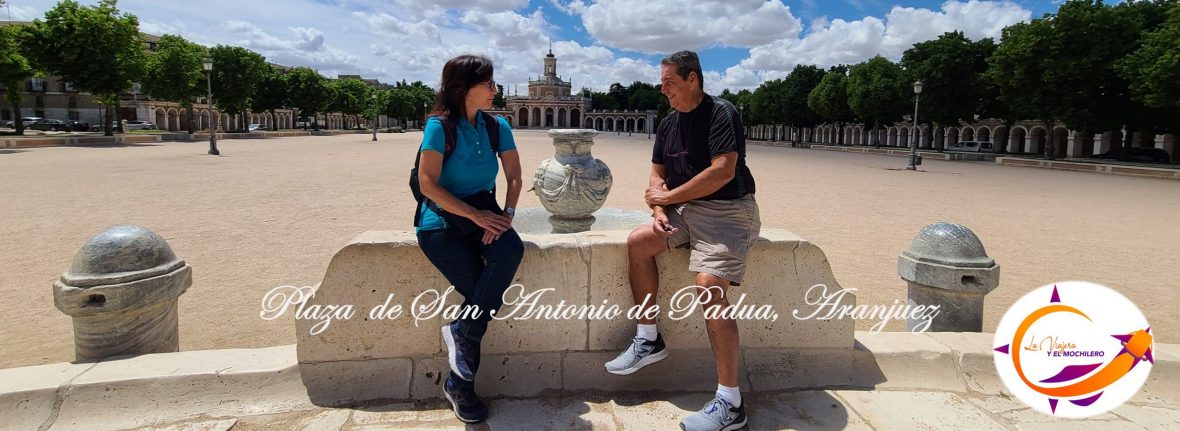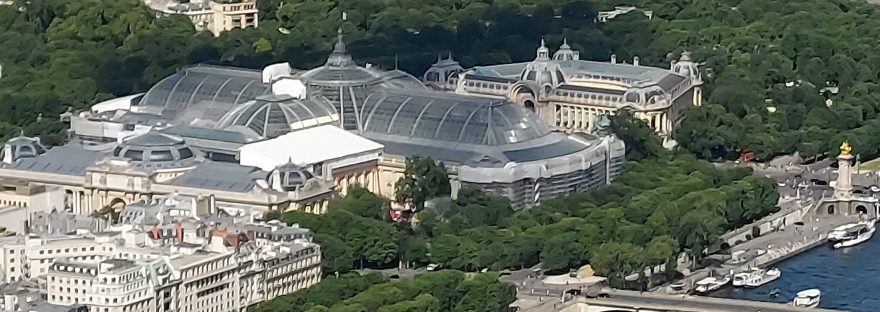Strolling down the Champs Elysees in Paris we find two structures with beautiful decorative details on their facades facing each other, it is the Grand Palais (Grand Palais) and the Petit Palais (Petit Palais). Both buildings were built for the Universal Exposition of 1900, along with the Alexander III Bridge, creating a beautiful monumental setting.
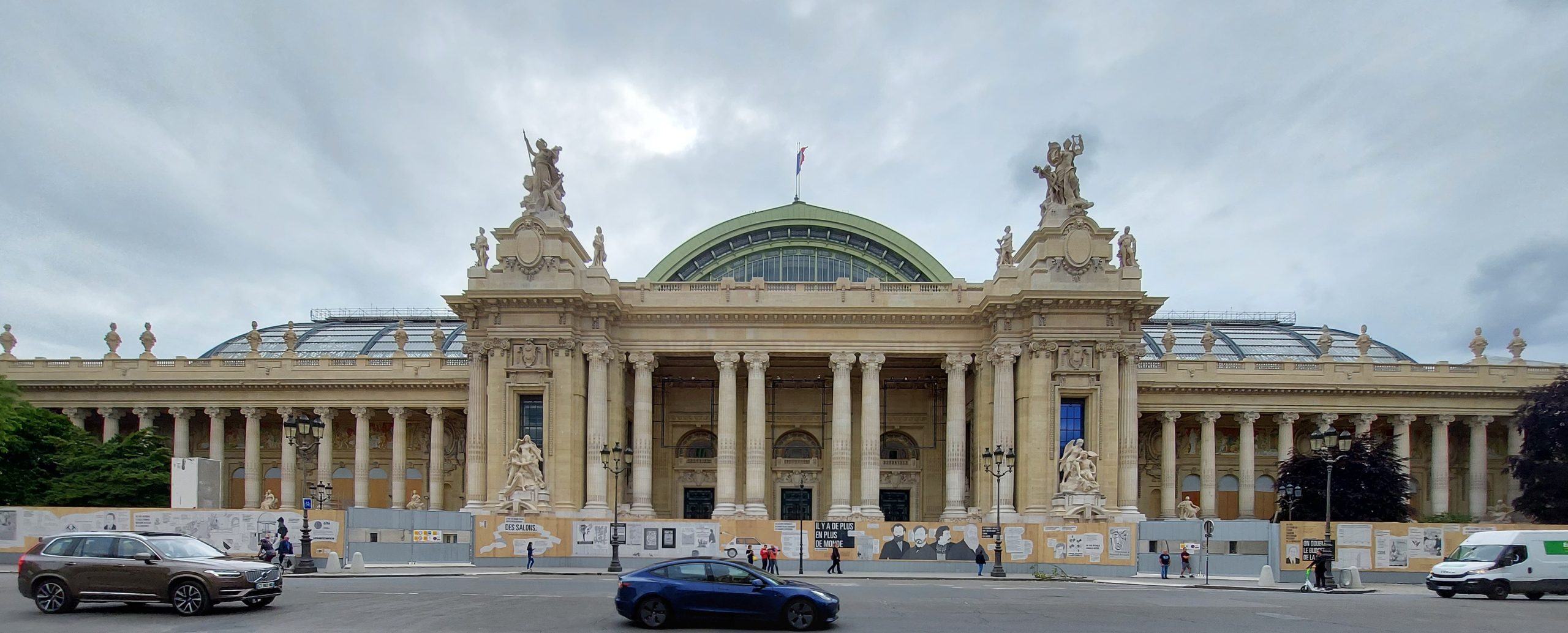
The Grand Palais stands out for the eclectic style of its architecture, called Beaux-Arts style, characteristic of the Paris School of Fine Arts, reflecting the taste for decoration and very rich ornamentation on its facades. Its design was worked on by several architects of the time.
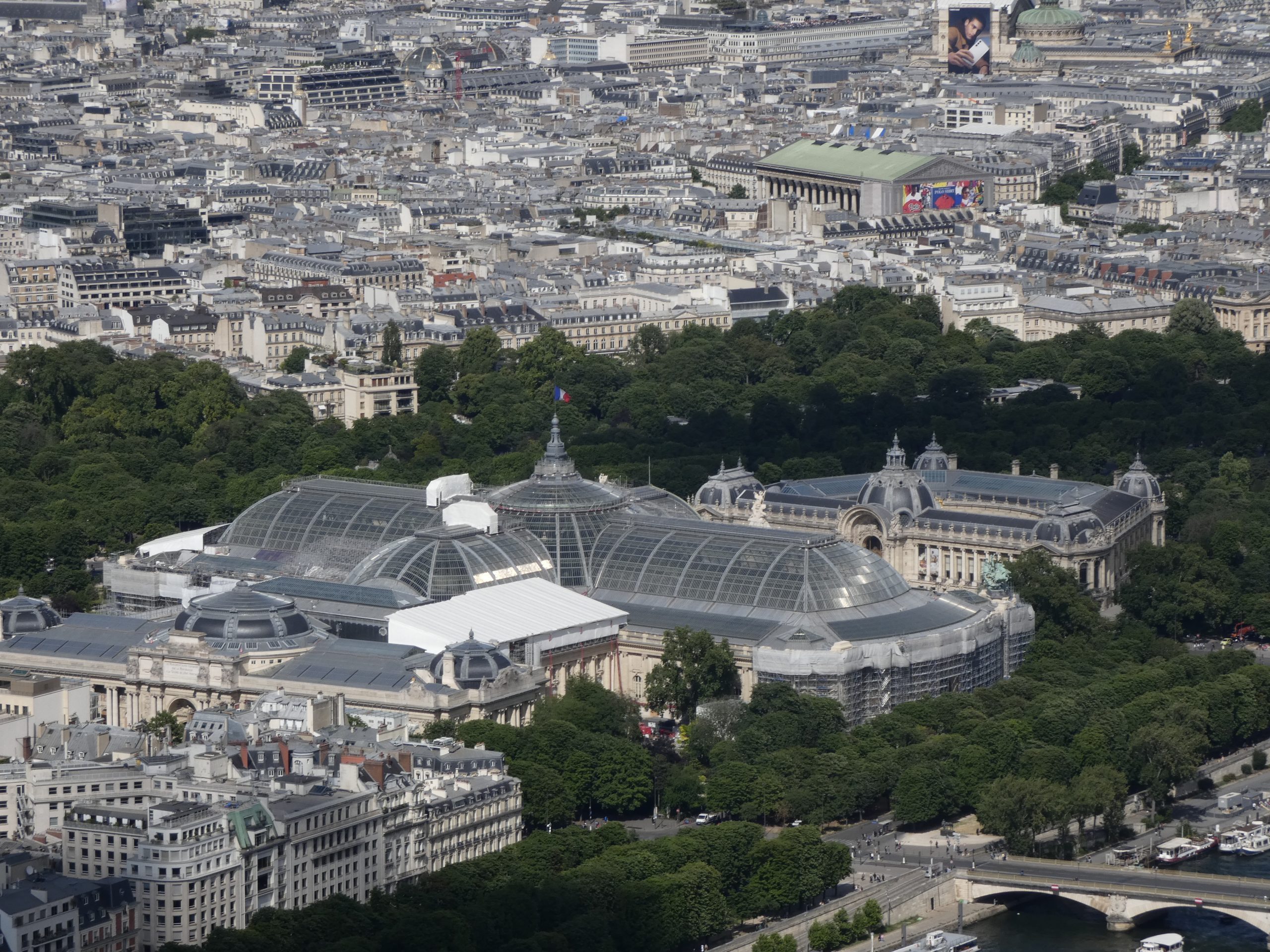
The most characteristic architectural element of the Grand Palais is its monumental glass dome, crowned by the French pavilion. The structure is a masterpiece of Parisian architecture, combining materials such as stone, iron, steel, glass and reinforced concrete. On June 12, 1975, the central nave of the building was listed as a Historic Monument, a classification that was extended on November 6, 2000 to the entire 40,000 square meters of the structure.
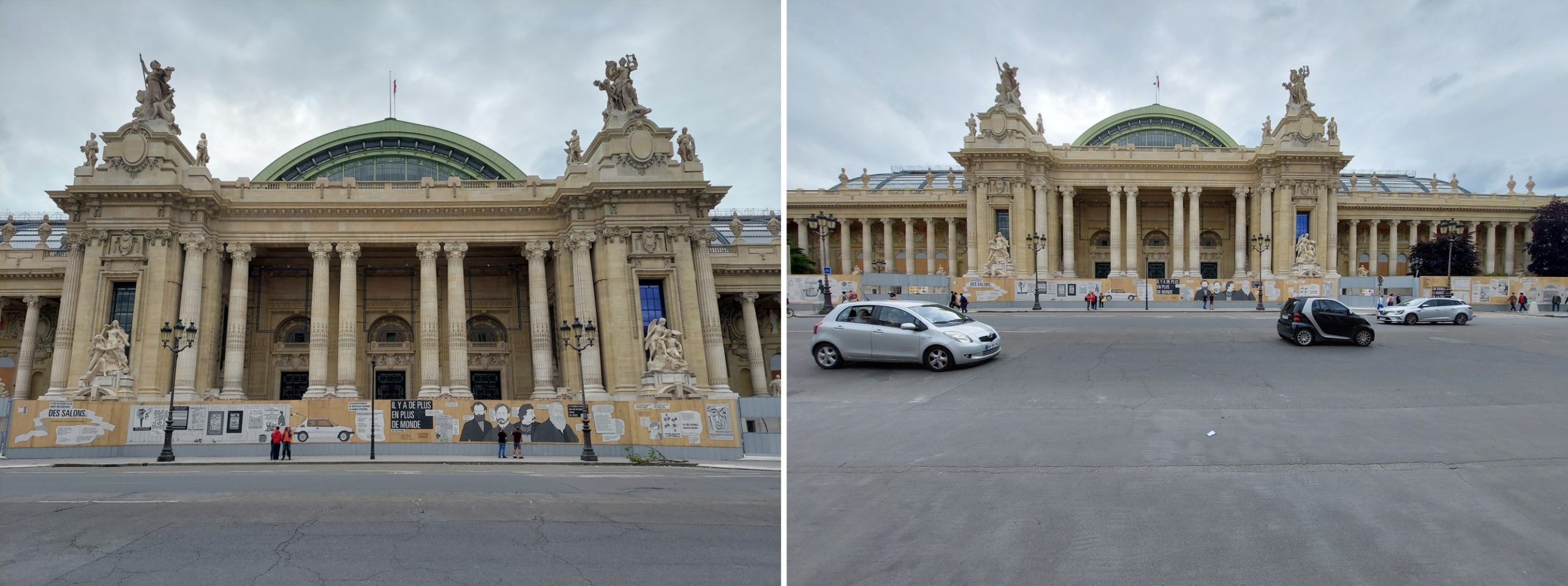
The Grand Palais was conceived as “Monument consacré par la République à la gloire de l’art français”, that is to say, “Monument consecrated by the Republic to the glory of French art”, serving as a place for the official manifestations of the III French Republic and symbol of the particular taste of a part of the society of the time. With the passage of time the place was destined to other uses, which made it participate in the evolution of modern art and the progress of civilization during the twentieth century. Since 1937 it has housed the Palais de la Découverte (Palace of Discovery) for applied sciences and since 1964, the Galeries nationales du Grand Palais (National Galleries of the Grand Palais) for the exhibition of collections from French national museums.
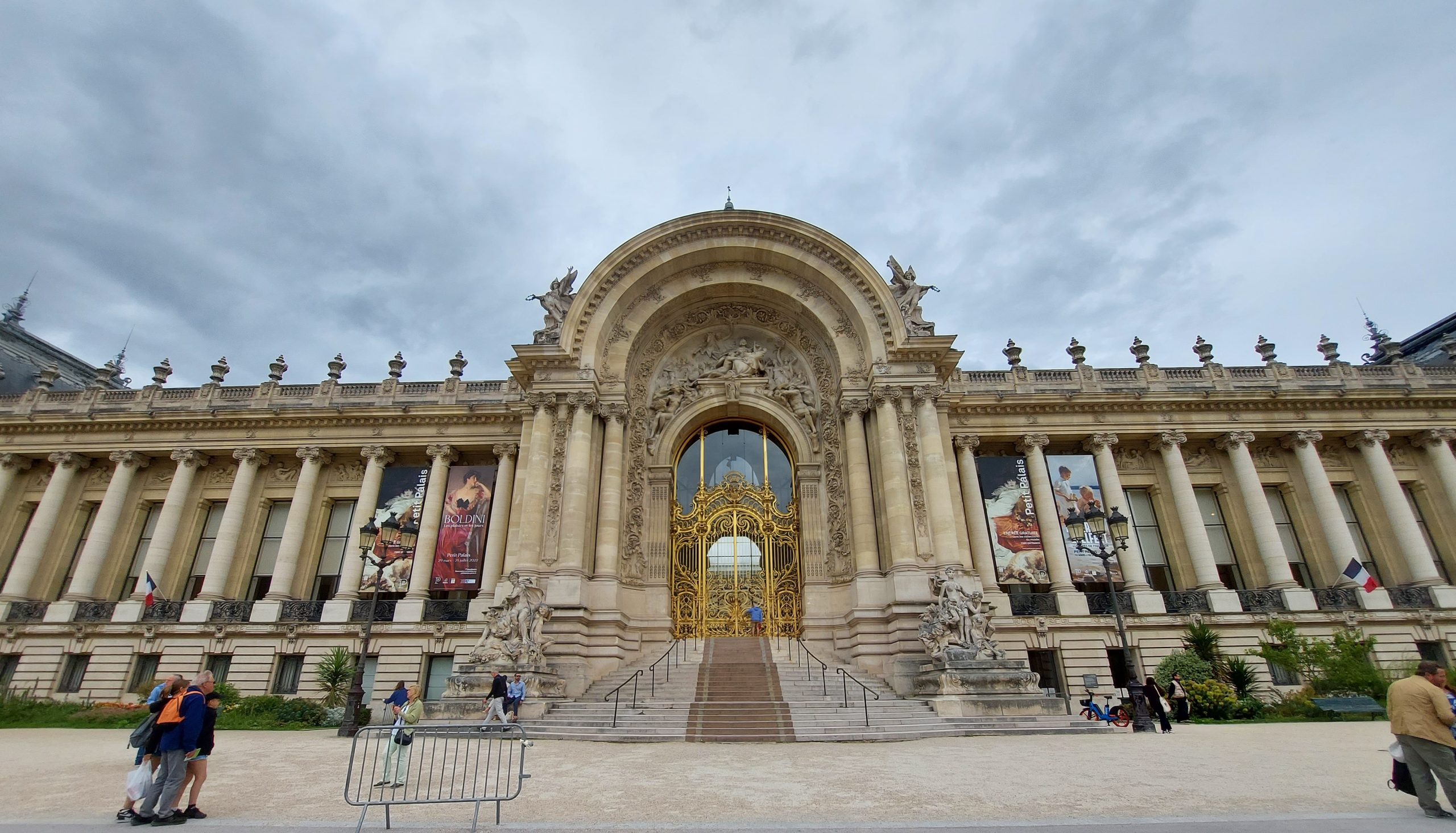
Opposite the Grand Palais is the Petit Palais, designed by the architect Charles Girault. It houses the Musée des Beaux-Arts de la Ville de Paris (Musée des Beaux-Arts de la Ville de Paris). Girault designed it to be illuminated largely through natural light, achieving this through transparent domes and large windows.
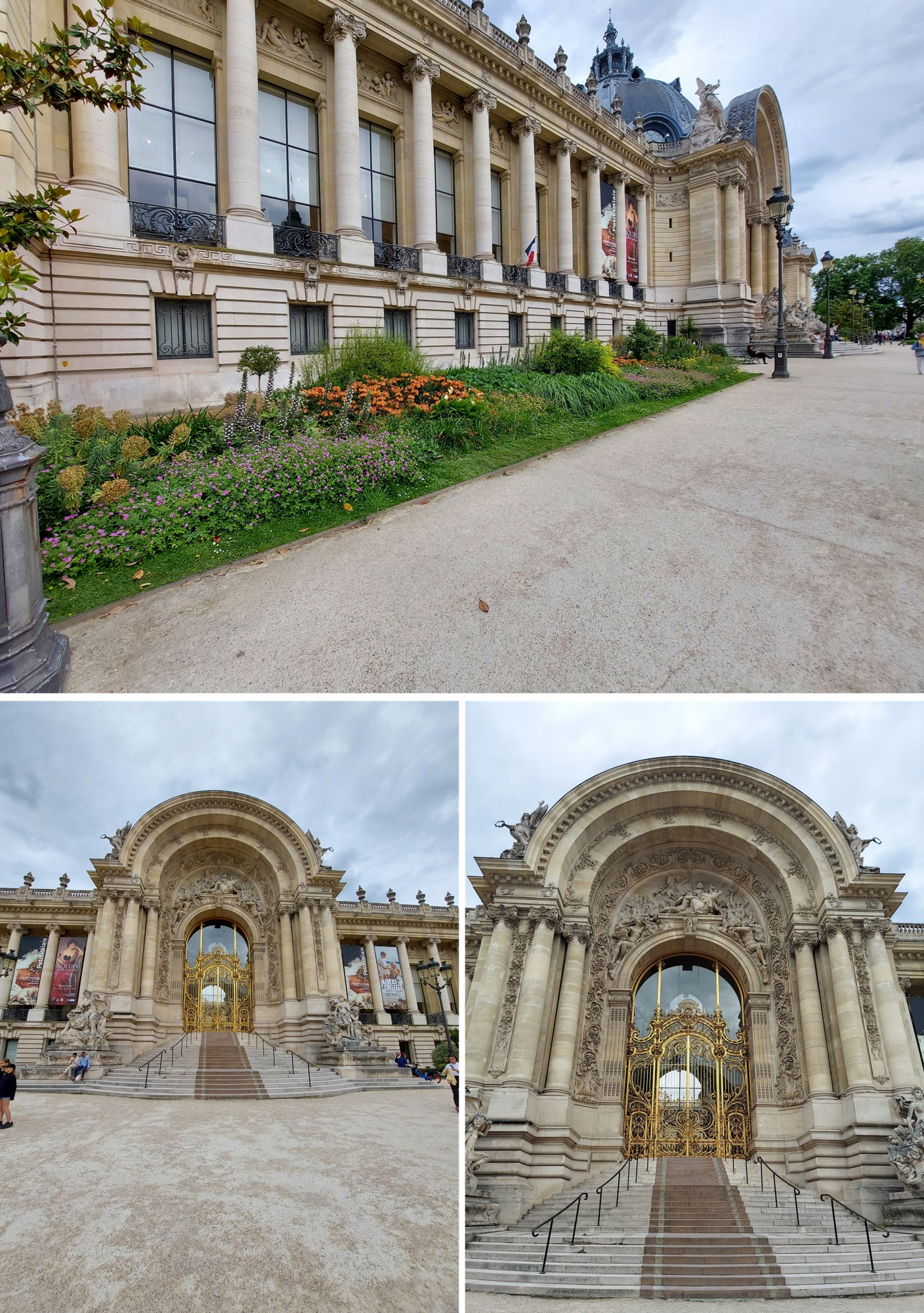
The Petit Palais stands out for its façade, approximately 150 meters long, and at its center, a monumental portico crowned by a dome that immediately catches the eye. The decoration is completed by numerous bas-reliefs. The tympanum of its facade is the work of Jean-Antoine Injalbert and shows an allegory of Paris surrendered to the muses. The structure served as a model for the Musée royal de l’Afrique centrale, near Brussels.
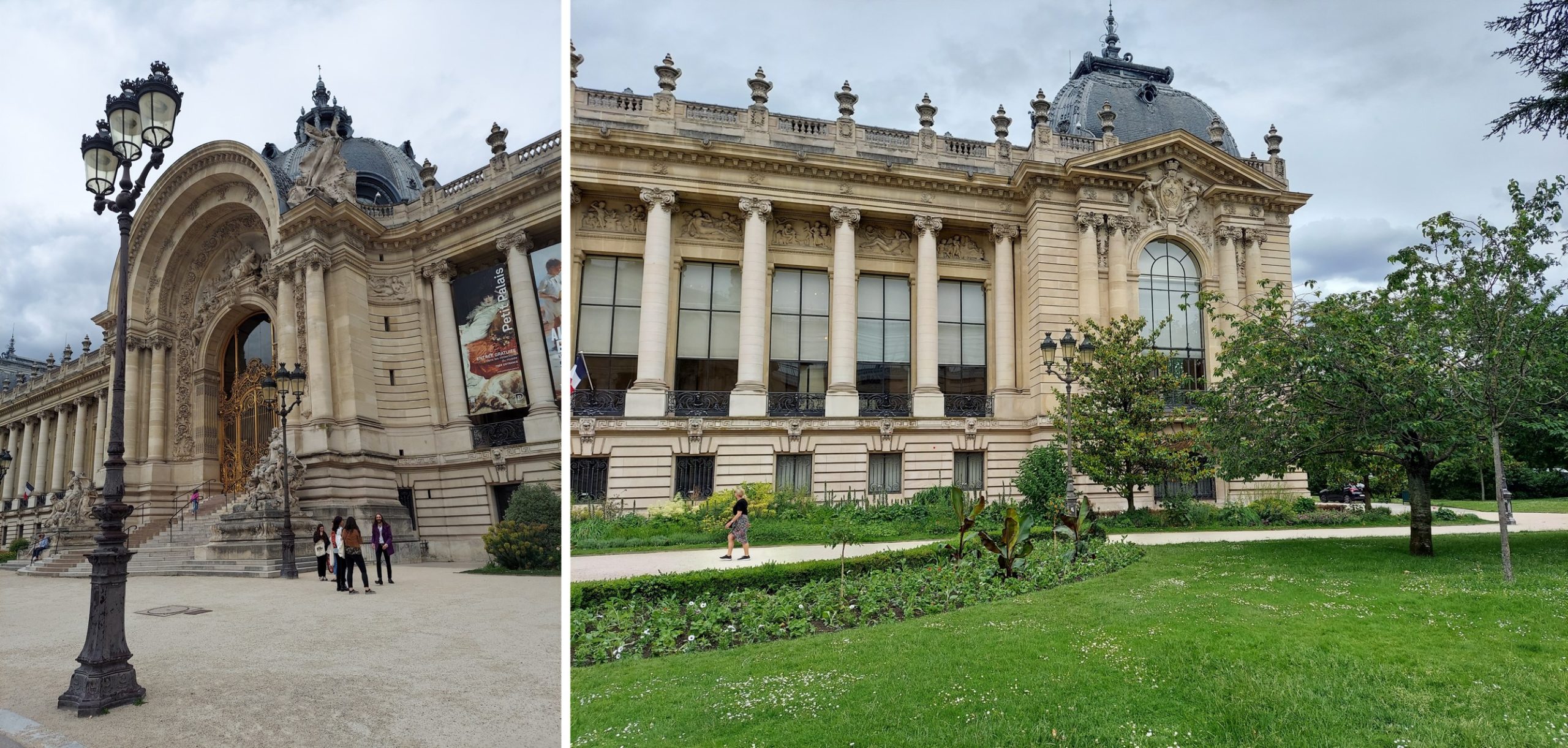
The collection on display in this museum is divided into the following sections: the Dutuit collection of paintings, drawings and art objects from the Middle Ages and the Renaissance; the Tuck collection exhibits 18th-century furniture; the City of Paris collection of works by French artists such as Jean Ingres, Eugène Delacroix and Gustave Courbet.
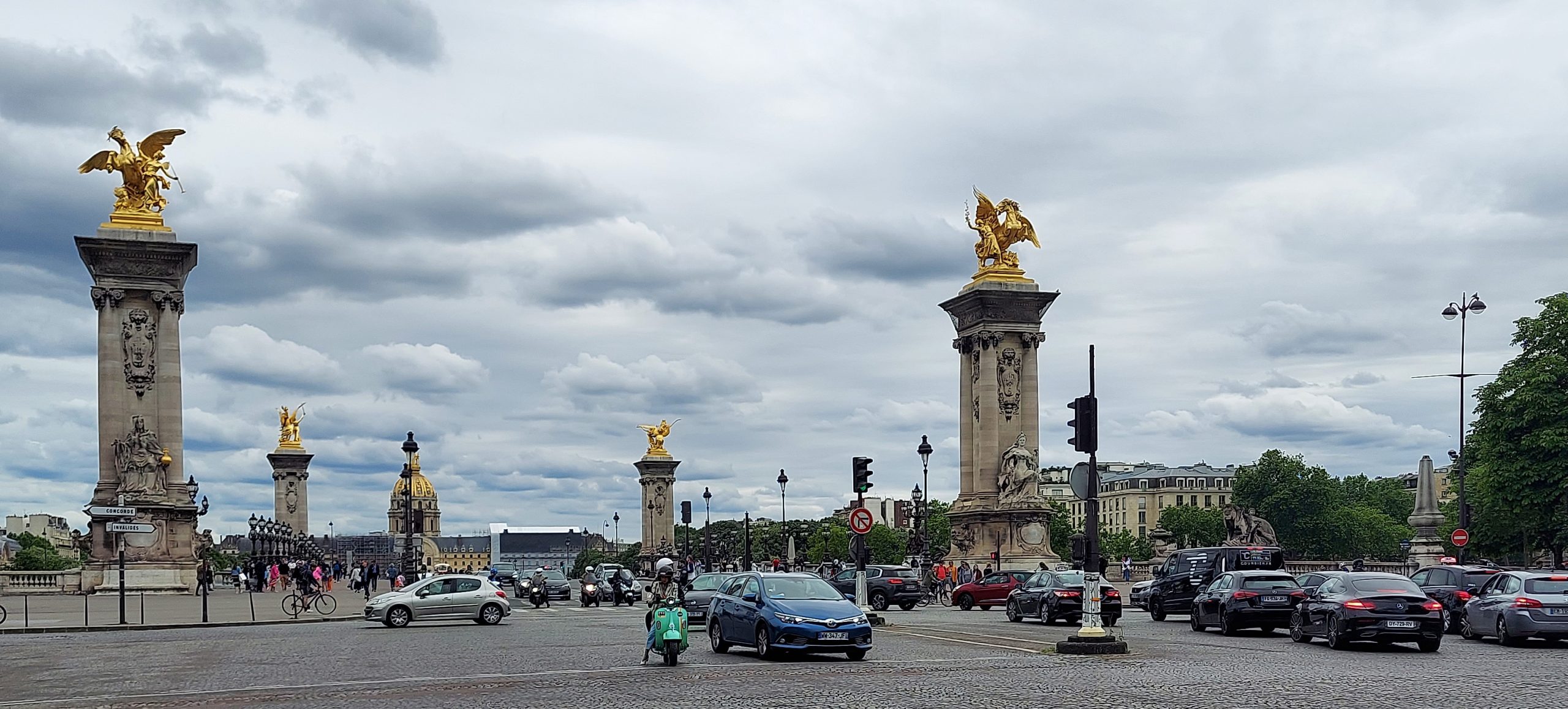
A delightful walk that took us toward another Parisian landmark, the Pont Alexandre III.
***************
Resources:
https://es.parisinfo.com/museo-monumento-paris/71080/Grand-Palais
https://es.wikipedia.org/wiki/Grand_Palais
https://es.parisinfo.com/museo-monumento-paris/71067/Petit-Palais-Musee-des-Beaux-Arts-de-la-ville-de-Paris
https://es.wikipedia.org/wiki/Petit_Palais
